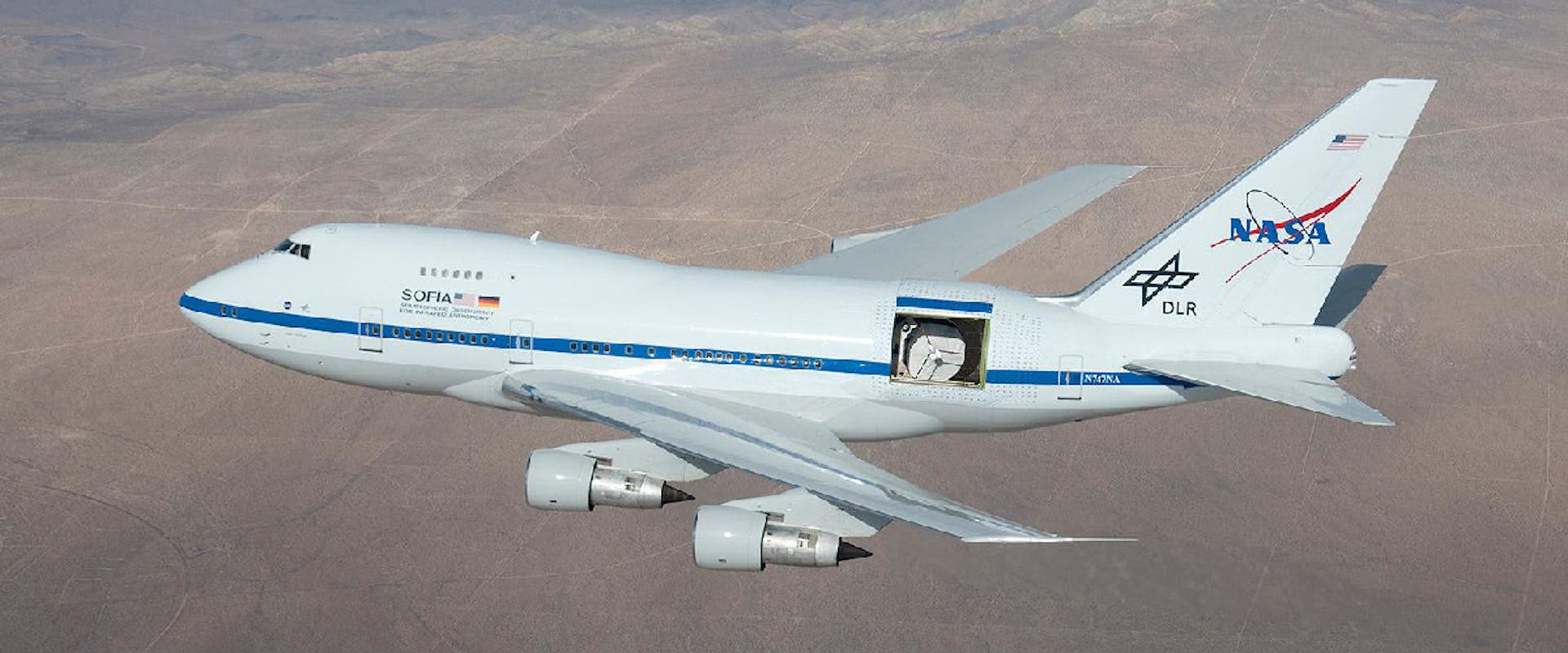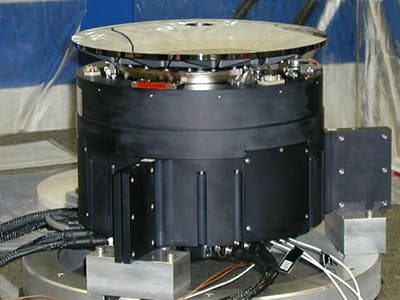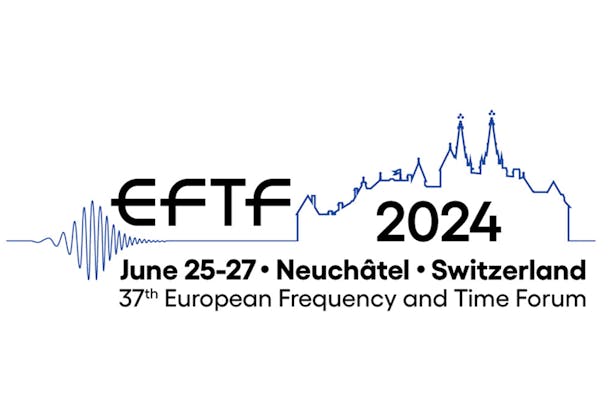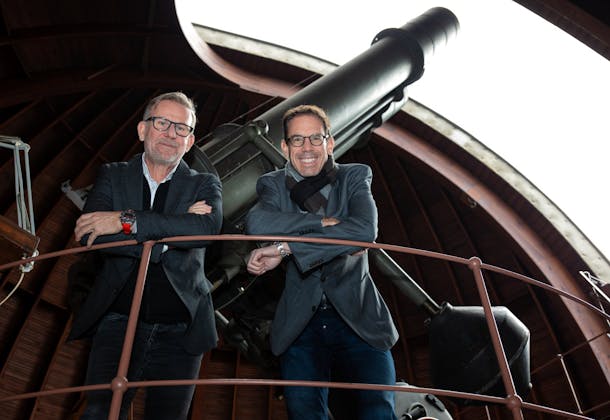2009–present | SOFIA is a joint project between NASA and the German Aerospace Center (DLR). Its aim is to understand, based on interstellar gas and dust clouds, how galaxies develop and how stars and planetary systems form and change. A telescope's performance is above all based on the quality of the secondary mirror mechanism (M2). CSEM designed and delivered a complete and highly accurate guidance and control system for this mirror, which has a diameter of 350 mm. The system centers and focuses the telescope's light beam and pilots the telescope's rapid tip/tilt movements.
In 2014, CSEM was commissioned to build a complete back-up secondary mirror, updated to meet current FAA flight standards.





